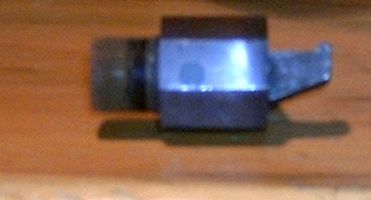- Joined
- Jul 15, 2007
- Messages
- 56
- Reaction score
- 12
Hi, I quit buying the clean out screws from T/C years ago and have been getting them a couple of dozen at a time from a fastner company. I'm completely out of them and when I went to order some a minute ago my mind went completely blank. Senior moment? 8-32 x 1/4 is what I'm thinking, then when I'm about to hit the buy button online 6-32 x 1/4 pops in my head. Anyones memory working better than mine, or had enough sense to write the size down? Thanks RamblinMan







 Regards, RamblinMan
Regards, RamblinMan